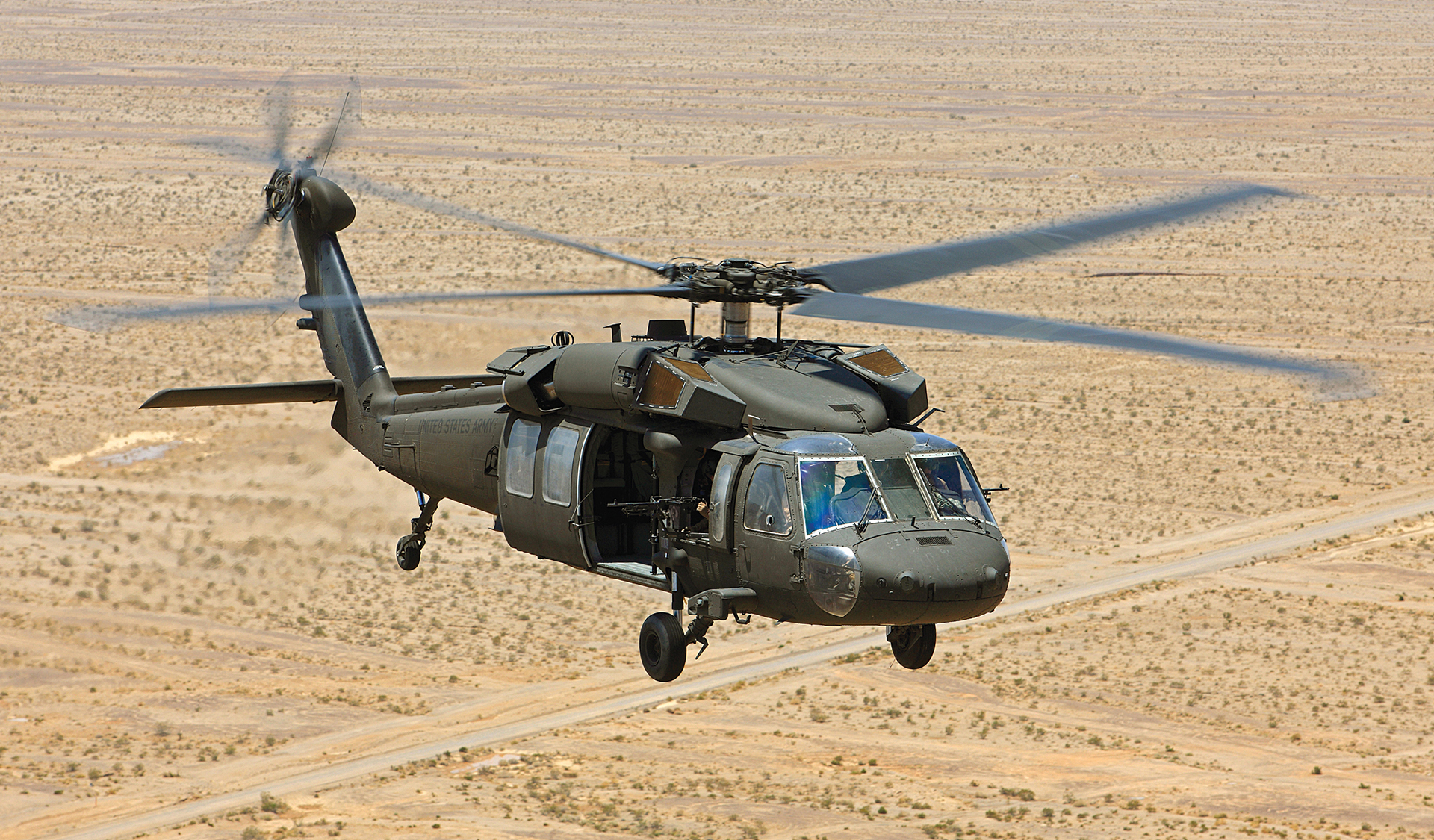Tips for Picking the Right Uh 60 Helicopter for Your Demands

Objective Objectives Evaluation


In addition to operational needs, factor to consider must also be offered to the atmosphere in which the UH-60 will certainly be running. Whether it is for search and rescue missions in hilly terrain or troop transportation in desert environments, the helicopter should be able to withstand and carry out ideally in varied problems.
In Addition, the UH-60 helicopter's compatibility with existing facilities, such as upkeep centers and logistical assistance, should not be neglected. Seamless assimilation into existing operations can simplify procedures and minimize downtime. By thoroughly reviewing mission objectives and operational needs, an educated choice can be made when selecting the best UH-60 helicopter for the job available.
Budget Considerations
Mindful financial evaluation is paramount when thinking about the procurement of a UH-60 helicopter for mission-specific requirements. The initial cost of obtaining the helicopter is just one facet to think about; operational expenditures, maintenance costs, training, upgrades, and potential future requirements all add to the overall cost of possession. It is vital to evaluate not only the in advance expenses but additionally the long-lasting monetary effects of owning and operating a UH-60 helicopter.
When assessing budget factors to consider, it is vital to weigh the trade-offs between different features and capacities against their expenses. Selecting advanced avionics, extra security attributes, or specialized objective tools can substantially increase the total price of the helicopter. Balancing these enhancements with budget plan restrictions is crucial to ensuring that the selected UH-60 helicopter satisfies both functional demands and economic restrictions.
Additionally, discovering possible financing choices, government programs, or leasing possibilities can aid minimize the ahead of time economic worry of acquiring a UH-60 helicopter (uh-60 blackhawk). By very carefully assessing budget considerations and discovering cost-effective services, organizations can make educated choices that align with their monetary capacities and operational requirements
Arrangement Options Evaluation
Effective assessment of setup alternatives is necessary in selecting one of the most appropriate UH-60 helicopter for certain goal demands. When evaluating configuration alternatives, key variables to take into consideration include the helicopter's dimension, weight, engine power, gas capacity, official site and avionics systems.
The UH-60 helicopter supplies different configuration choices, such as army transportation, clinical evacuation, search and rescue, and VIP transport setups. Each configuration is tailored to fulfill distinct objective goals, calling for mindful consideration to ensure optimal performance. An army transport setup would prioritize seating ability and rapid implementation capacities, while a medical emptying setup would certainly stress room for stretchers and clinical devices.
In addition, examining the UH-60's compatibility with mission-specific tools, such as weapon systems or sensor plans, is essential in determining the most ideal configuration. Additionally, taking into consideration the helicopter's maintenance requirements and operational expenses related to different setups is important for lasting sustainability.
Efficiency Specifications Comparison
Comparing the efficiency specifications of various UH-60 helicopter configurations is crucial in establishing the optimal choice for specific objective needs. Trick performance metrics to consider include maximum speed, range, haul capacity, and endurance. The UH-60 Black Hawk helicopter normally has a maximum rate of around 183 mph (294 km/h) and a series of roughly 320 miles (515 km) without reserves. uh-60 blackhawk. Payload capability differs relying on the specific version but normally ranges from 9,000 to 11,000 pounds (4,082 to 4,990 kg) Endurance, or the quantity of time a helicopter can stay operational on a single container of gas, is a vital variable for goals requiring prolonged flight durations. It is important to assess these specifications in connection with the intended usage of the helicopter, whether it be army transport, medical evacuation, search and rescue, or other specialized objectives. By thoroughly contrasting these performance requirements, you can select the UH-60 helicopter variant that ideal lines up with your functional needs.
Maintenance and Assistance Analysis
When reviewing the suitability of a UH-60 helicopter for a specific goal, it is important to explore the details of its upkeep and support group. The maintenance needs of a helicopter can significantly influence its functional availability and general goal readiness. Understanding the upkeep timetable, needed inspections, and accessibility of spare parts is important in guaranteeing that the helicopter can be preserved successfully to meet operational demands.
Additionally, analyzing the assistance network for the UH-60 helicopter is essential. This consists of thinking about the schedule of technical assistance, Resources training programs for upkeep personnel, and the proximity of maintenance centers. A robust support group can improve the reliability of the helicopter by providing timely help and expertise when needed.
Additionally, evaluating the logistics chain for the UH-60 helicopter is important in maintaining a smooth supply of spare parts and tools. uh-60 blackhawk. A reputable logistics system can why not try these out minimize downtime and guarantee that the helicopter stays functional for its intended missions. By carrying out an extensive upkeep and support analysis, you can make a notified choice on whether the UH-60 helicopter lines up with your specific functional demands
Verdict
Finally, selecting the suitable UH-60 helicopter entails reviewing goal objectives, budget plan restrictions, arrangement alternatives, performance requirements, and maintenance and assistance requirements. By carefully considering these elements, you can ensure that the picked helicopter fulfills your certain needs and delivers the preferred performance. Making a notified choice based on these considerations will inevitably result in a successful and reliable operation.
When analyzing objective goals for choosing the appropriate UH-60 helicopter, a comprehensive evaluation of operational demands is vital. By completely assessing mission objectives and operational needs, a knowledgeable choice can be made when choosing the appropriate UH-60 helicopter for the task at hand.
Comparing the performance specifications of various UH-60 helicopter setups is vital in determining the ideal choice for details mission demands.When evaluating the viability of a UH-60 helicopter for a certain goal, it is crucial to dive right into the intricacies of its maintenance and assistance systems.In conclusion, picking the proper UH-60 helicopter includes examining mission purposes, budget plan restraints, arrangement choices, efficiency specs, and maintenance and assistance demands.